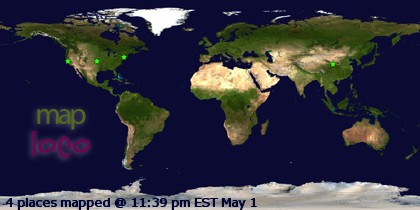 |
| The funicular |
 |
| At the start |
 |
| There's even a curve station |
 |
| The dry moat approaching the entry bridge |
 |
| Ivy covered walls |
 |
| The entryway |
 |
| Like all good fortresses, come in the front door and you have to split your forces |
 |
| Towers on the ramparts |
 |
| Monuments in the moats |
 |
| A ravelin. Surrounded by moats, a defensive position that supports the hornworks |
 |
| Extended observation post |
 |
| Walls of the interior barracks build in the 1850's |
 |
| The front main basition |
 |
| More interior walls |
 |
| The interior barracks the fort tries to protect |
 |
| The entry bridge. Drawbridge at right |
 |
| The watchtower. |
 |
| Built to watch for bad guys sailing in |
 |
| Interior hallways of the garrison |
 |
| More interior hallways |
 |
| The stairs to the rooftop |
 |
| The watchtower itself |
 |
| Corner garrisons |
 |
| A flowered gun |
 |
| Sunflowers on the ravelin |
 |
| Poppies on a cannonball |
 |
| A giant flower in the parade square |
 | ||
| The flowers made from rocks painted by kids |
 |
| Symbolism |
The castle also features killer views over Barcelona & the ocean.
 |
| Tibidabo hill in the background |
 |
| The city sprawls below |
 |
| The waterfront |
 |
| Interesting building... |
 | |
| Hilda contemplating... Life? Jumping? The boat about to hit her head? |
 |
| More targets were set up when we arrived |
 |
| A dude lines up |
 |
| Ready, aim... |
 |
| Hey... he's good! |
 |
| That's one heck of a single action bow |
On the way down, we stopped at the Jardins de Mirador (half way down on the gondola) for a civilized sangria. This spot is a popular viewpoint with tour groups...
 |
| One or two taking in the view |
 |
| Gears |
 |
| More gears and mechanical parts |
 |
| Glass bottle bases |
 |
| Metal strips |
 |
| Glass bottles again |
 |
| The building; it's round |
 |
| The main entrance |
 |
| Detail of the name |
 |
| Floating escalators inside |
 |
| More spacious interior |
 |
| The museum of the art of Calaunya |
 |
| Place d"Espanya |
 |
| Park Miro, with a Joan Miro sculpture |
 |
| The rooftop deck |
 |
| One interior |
 |
| Another place |
 |
| Le menu |


No comments:
Post a Comment